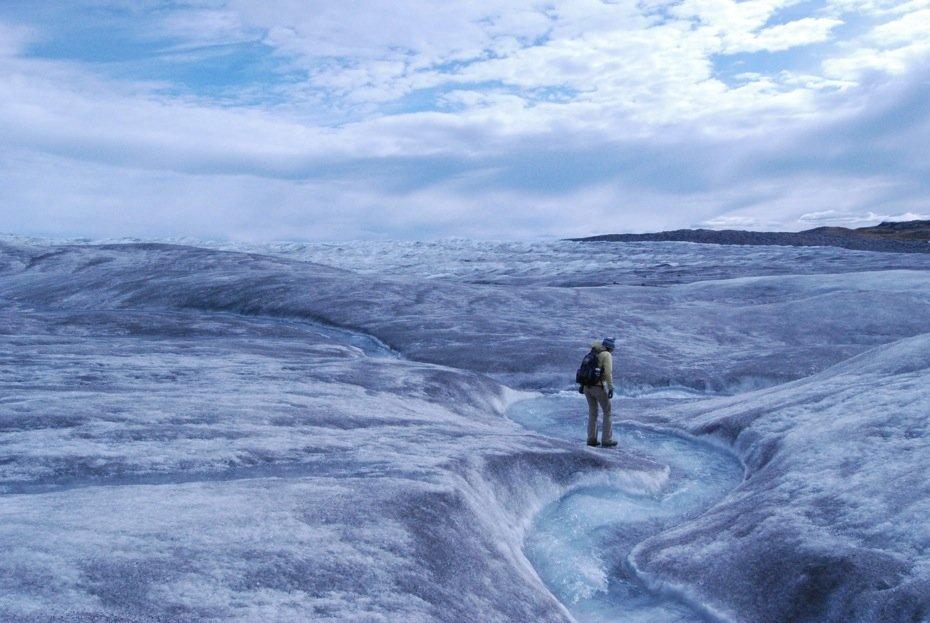There has been much speculation around the 2021 Antarctic ozone hole and whether this year would result in a record-breaking large hole. On 27 October, NASA and NOAA confirmed the 2021 ozone hole reached its maximum area on October 7, peaking at 24.8 million square kilometers – roughly the size of North America – ranking it the 13th largest since 1979. The hole will likely persist into November, even early December.
Very low winter temperatures in the Antarctic stratosphere during August to October lead to the formation of polar stratospheric clouds. Special reactions that occur in these clouds lead to the formation of reactive forms of chlorine and bromine, derived from man-made ozone-depleting substances, which then initiate ozone-destroying reactions with the help of sunlight in the Antarctic at the end of winter. The size of the 2021 ozone hole, therefore, is more a reflection of the colder than average temperatures and strong winds circling the Antarctic from August up until now.
While the 2021 Antarctic ozone hole is larger than average it is consistent with the continued decline of ozone-depleting substances and the colder meteorological conditions. Current ozone hole recordings are less severe than the extreme ozone holes observed during the 1990-2010 period, indicating the implementation of the Montreal Protocol and the healing of the ozone layer remain on track. (Ozone Secretariat)

Credit: NASA GSFC /
